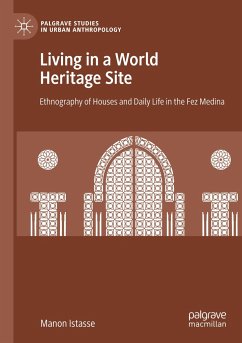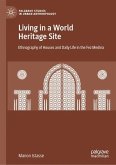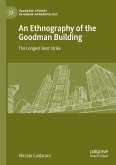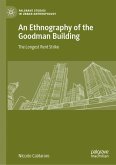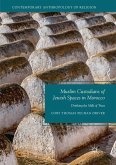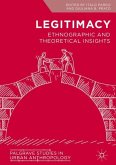Through a thick ethnography of the Fez medina in Morocco, a World Heritage site since 1981, Manon Istasse interrogates how human beings come to define houses as heritage. Istasse interrogates how heritage appears (or not) when inhabitants undertake construction and restoration projects in their homes, furnish and decorate their spaces, talk about their affective and sensual relations with houses, face conflicts in and about their houses, and more. Shedding light on the continuum between houses-as-dwellings and houses-as-heritage, the author establishes heritage as a trajectory: heritage as a quality results from a 'surplus of attention' and relates to nostalgia or to a feeling of threat, loss, and disappearance; to values related to purity, materiality, and time; and to actions of preservation and transmission. Living in a World Heritage site provides a grammar of heritage that will allow scholars to question key notions of temporality and nostalgia, the idea of culture, theimportance of experts, and moral principles in relation to heritage sites around the globe.
Bitte wählen Sie Ihr Anliegen aus.
Rechnungen
Retourenschein anfordern
Bestellstatus
Storno

